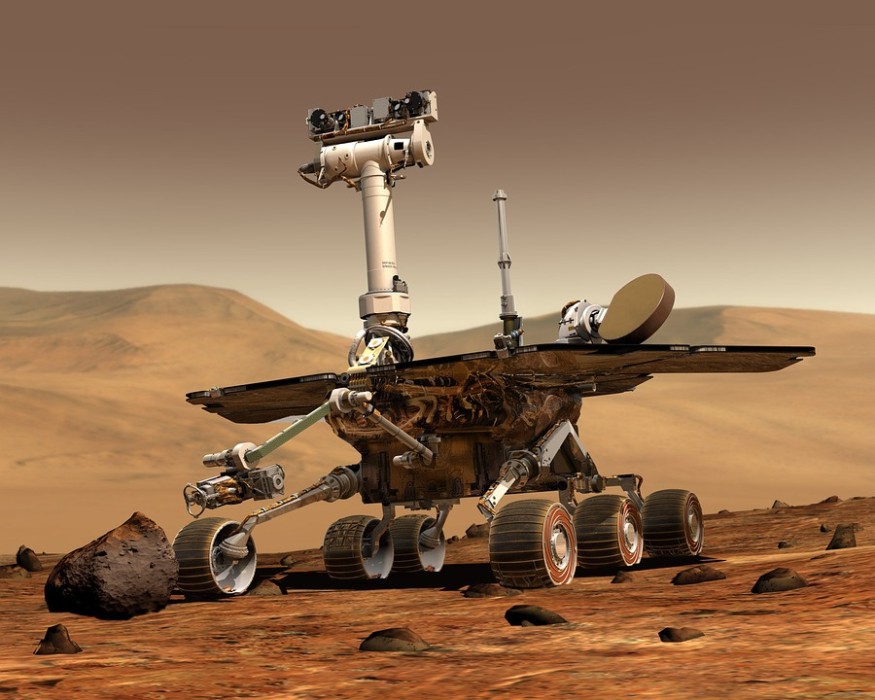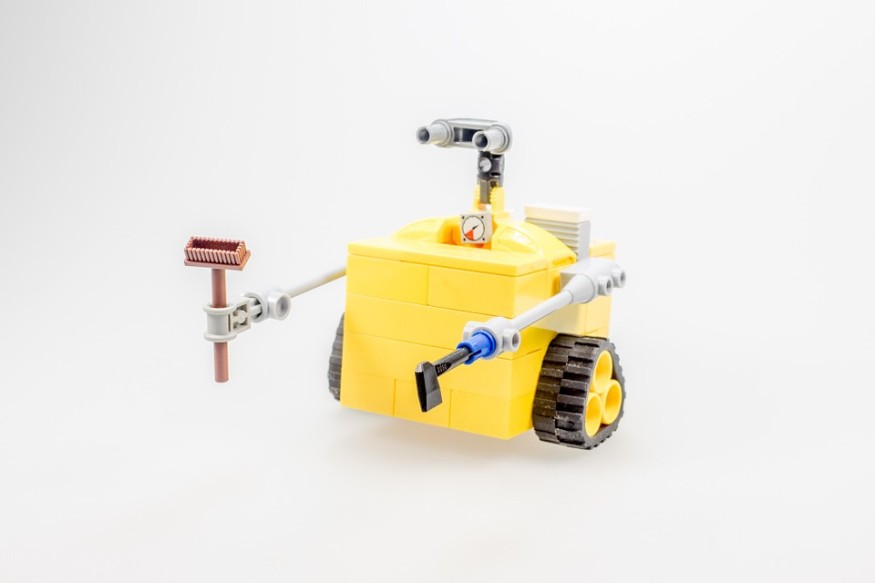
HOW DO ROBOTS HELP SOLVE THE RECYCLING CRISIS WORLDWIDE?
Cleaning the environment is becoming a global problem despite the efforts of governments to train their people to throw all their reusable and recyclable wastes to their designated garbage can. Several recycling companies turn to dispatch robots as a way of picking up after the recycling crisis.
Various robotic companies worldwide are broadening their scope while utilizing breakthrough technology to manufacture robots competent enough of recycling waste. However, you also have to know the critical information about these robots to genuinely understand their effectivity to prevent the recycling crisis from happening. Thus, here is how robots can pick up and segregate trash to help solve worldwide recycling crisis.
Artificially Intelligent Trash-Sorters

Incorporating artificial intelligence (AI) is among the essential methods robots could help pick up and segregate trash to help solve recycling crisis.
Through the recent advancement and innovations in technology, robots can use cameras and sensors to determine the properties of trash. These AIs classify the waste either straight from the garbage or from conveyor belts.
The cameras and sensors have extensive algorithms that allow robots to recognize particular wastes. They can distinguish wastes such as food cartons, glass, cans, plastic containers, and other recyclables. The algorithm could learn the materials to determine whether or not the scraps are recyclable by examining the waste through the camera.
Recycling firms are now utilizing trash-sorting humanoids in their facilities due to their efficiency and productivity. Robots use huge tongs or suction containers to immediately pick up any recyclable trash they spot or scan in a pile of garbage on the conveyor belt. The algorithm, aside from speed, maximizes the accuracy of the robots.
The pros of using trash-sorting robots are that they could handle stressful and hazardous tasks. Handling big, bulky wastes could pose a problem to humans since not every trash has the same weight and size. That is plausible if they were to be the ones accountable for sorting out waste.
ZenRobotics, a Finland-based robotics company, is among those firms determined to help curb the recycling crisis, which incorporates artificial intelligence and machine learning using cameras. Their trash-sorting robots use spectroscopic cameras aside from 3D laser cameras. The metal sensors of ZenRobotics' droids ensure 100-percent accuracy of picking up the trash.
TrashBotTM
TrashBotTM is another robotic trash can system that could help pick up the waste and assist in solving the recycling crisis. A robotics startup called CleanRobotics intends to stop the issues on throwing wastes in the wrong recycling garbage cans. Not segregating wastes in their proper recycling bins will consume a considerable amount of time to sort and separate.
Not only does it take a lot of time to sort and separate the garbage in recycling facilities, but the mixing of different materials in the trash can contaminate the item. TrashBot is a technologically advanced robot embedded with artificial intelligence. It uses sensors and machine learning to detect the content of the object once it enters the bin.
TrashBotTM is capable of weighing objects that people throw in the garbage bins—which made the product unique. A plastic bottle, for instance, would be examined by the TrashBotTM if it contains any liquid and would drain it before throwing it into the designated garbage can.
Using TrashBotTM in places where a lot of people produce waste such as stadiums, airports, and malls are where this robot is more efficient. Securing the proper distribution of recyclable and non-recyclable wastes could also save a lot of time for recycling facilities since they won't need to segregate the trash.
The algorithms assist the trash-sorting robots in improving and adapting the processes to ensure accuracy. TrashBot likewise stops the contamination issue resulted from mixing different trash materials—which is one of the vital assets of the product.
Takeaway
Segregating trash is indeed a labor-intensive process. Using these droids in solving the recycling crisis ensures the cleanliness of the environment, knowing only a few citizens are making efforts to segregate their waste correctly.
You may visit Robots.Net if you want to discover more about the innovations of recycling robots and how they could change the lives of human beings.
© 2025 NatureWorldNews.com All rights reserved. Do not reproduce without permission.




